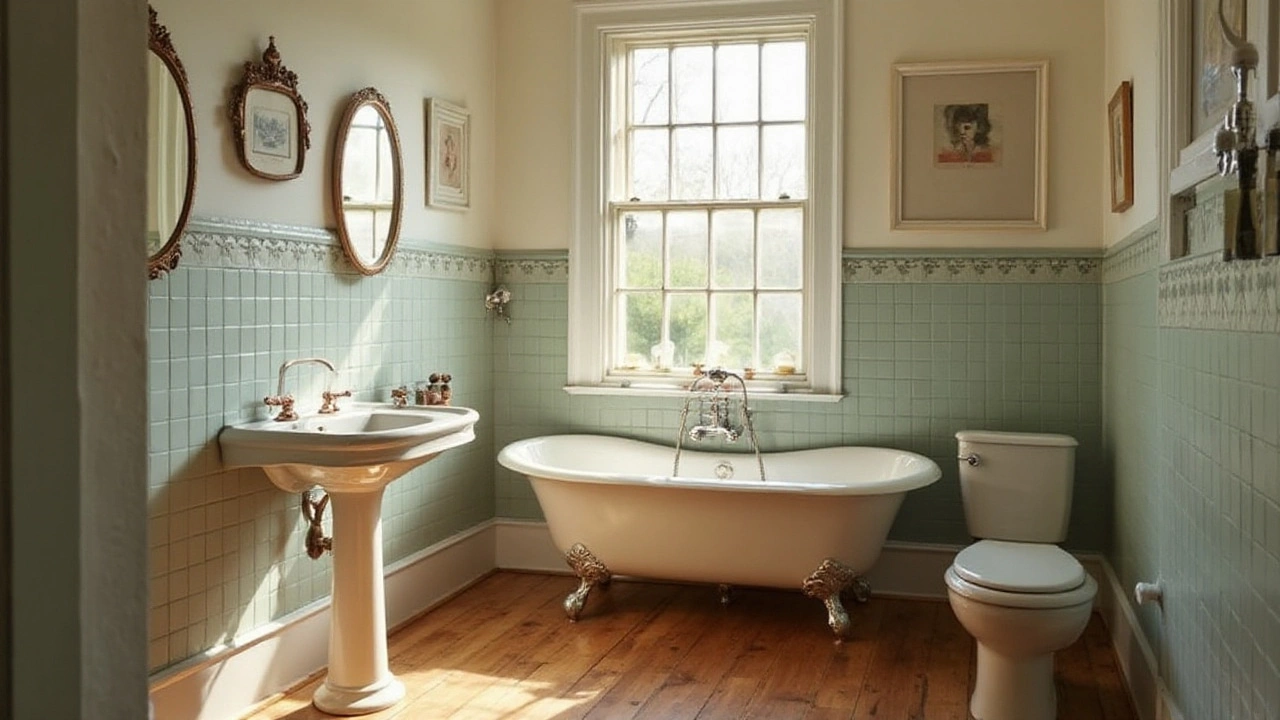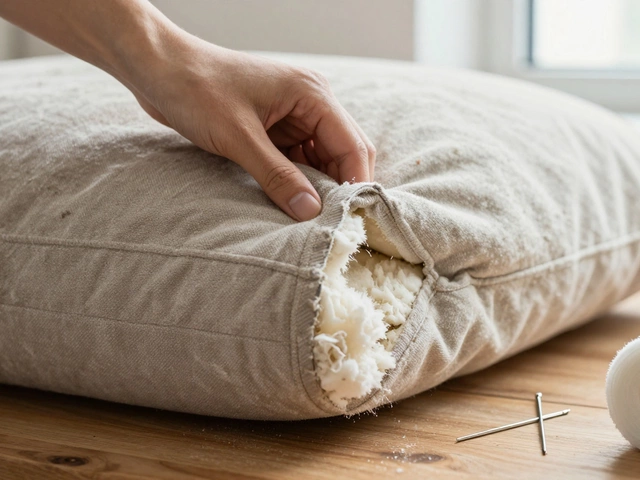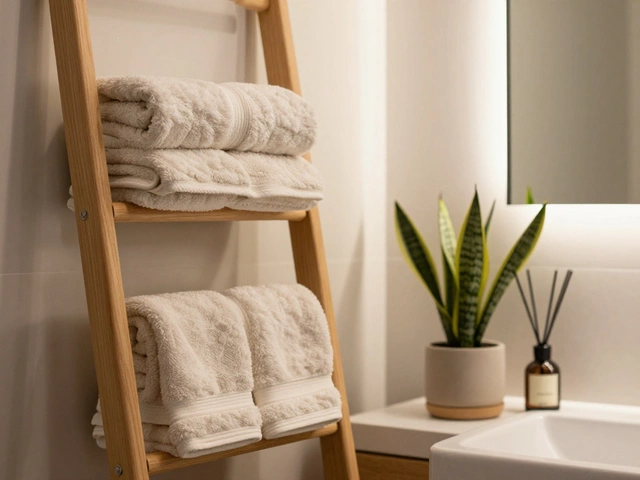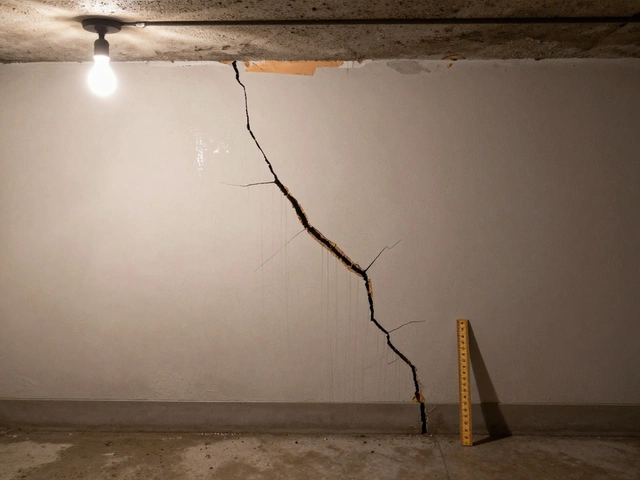Cost-effective refurbishment: Smart Ways to Save on Home Upgrades
When planning a cost-effective refurbishment, a strategy that blends affordability with quality to refresh a home. Also known as affordable remodel, it helps homeowners stretch every pound while still achieving a noticeable upgrade. Cost-effective refurbishment encompasses budget-friendly renovation, smart material selection, and DIY upgrades that together lower total spend.
One key partner in this process is renovation, the broader activity of improving a building’s structure or aesthetics. Renovation requires clear planning and often benefits from using DIY refurbishment, hands‑on projects that homeowners can complete themselves. When homeowners tackle DIY tasks, they reduce labor costs, which is a major driver of overall savings. Another crucial piece is budget‑friendly upgrades, small‑scale changes like fresh paint, new hardware, or updated lighting that deliver high impact for low expense. Selecting the right materials, such as laminated countertops instead of stone, directly influences refurbishment cost and long‑term durability.
How these ideas work together
Cost‑effective refurbishment links to renovation by setting financial limits that guide design choices. It requires homeowners to weigh the value of each improvement against its price, which means material selection influences refurbishment cost, and labor decisions affect the total budget. DIY refurbishment amplifies savings because it removes the contractor markup, while budget‑friendly upgrades ensure the visual result feels fresh without a full‑scale overhaul. This combination creates a feedback loop: smarter material choices lower costs, freeing up cash for additional upgrades, which in turn raise the overall impact of the project.
In practice, you might start by decluttering storage spaces—a theme echoed in many of our posts on home organization. Removing excess items often reveals hidden damage that needs repair, letting you plan targeted fixes rather than blanket replacements. Next, choose a paint color from our bathroom color guides; lighter shades can make a small room feel larger, reducing the need for costly remodels. Follow up with updated hardware like cabinet pulls or door handles, a budget‑friendly upgrade that instantly modernizes the look. Finally, consider a DIY finish for old furniture—our guide on modernizing an old table shows how sanding, staining, and new hardware can give a piece a fresh vibe without buying new furniture.
Each step builds on the previous one, illustrating how cost‑effective refurbishment uses renovation, DIY refurbishment, and budget‑friendly upgrades as interlocking pieces. Readers will find more specific examples, cost breakdowns, and step‑by‑step advice in the articles below, ranging from roof replacement budgeting to clever storage solutions and color trend insights. Dive in to see how you can stretch your budget, avoid common pitfalls, and still achieve a home that looks and feels brand new.
Affordable Bathroom Renovation Tips Under $10,000
Renovating a bathroom with a budget of $10,000 is achievable with strategic choices and practical tips. From selecting budget-friendly materials to prioritizing essential updates, homeowners can transform their spaces without breaking the bank. Consider reusing fixtures, choosing affordable tiles, and DIY projects to stretch the dollars further. With careful planning and a creative approach, a stylish and functional bathroom is within reach.
full article




